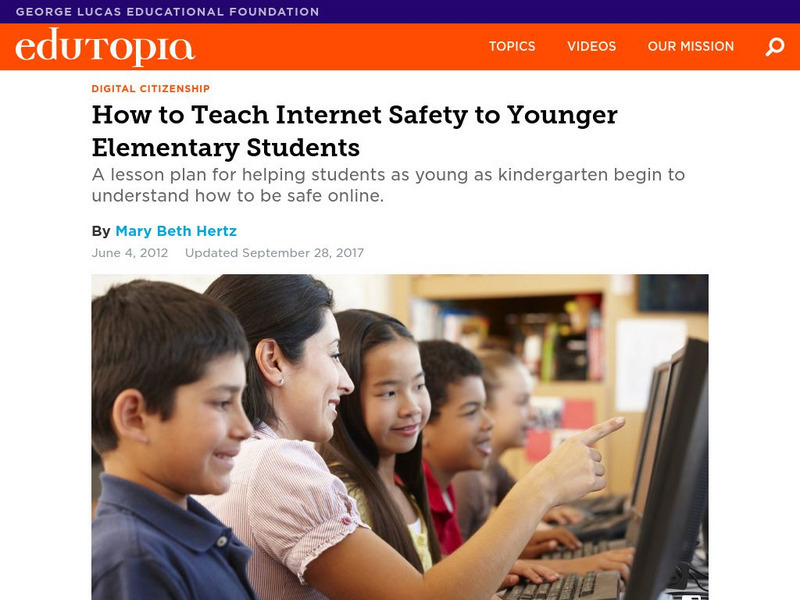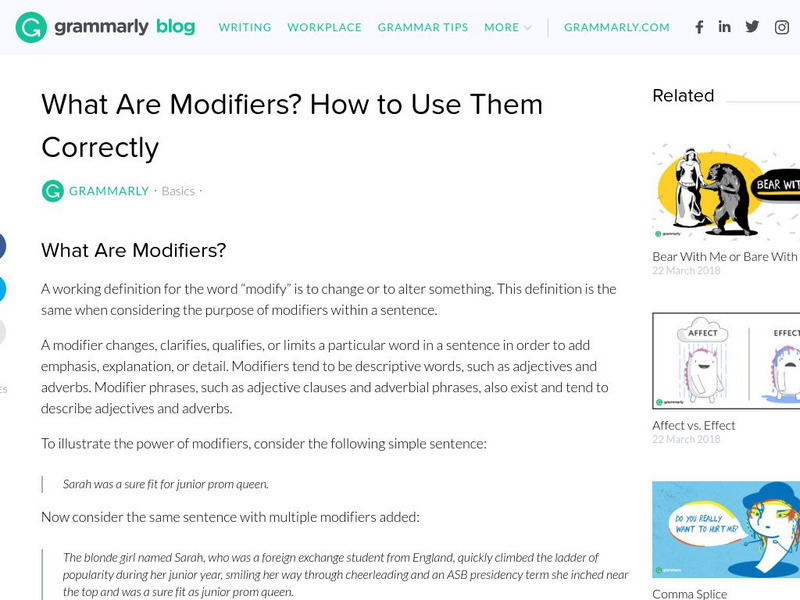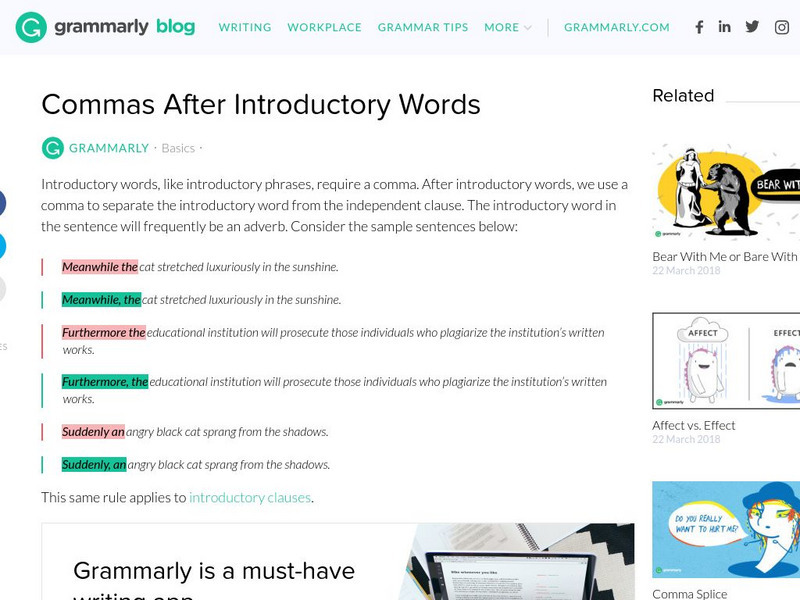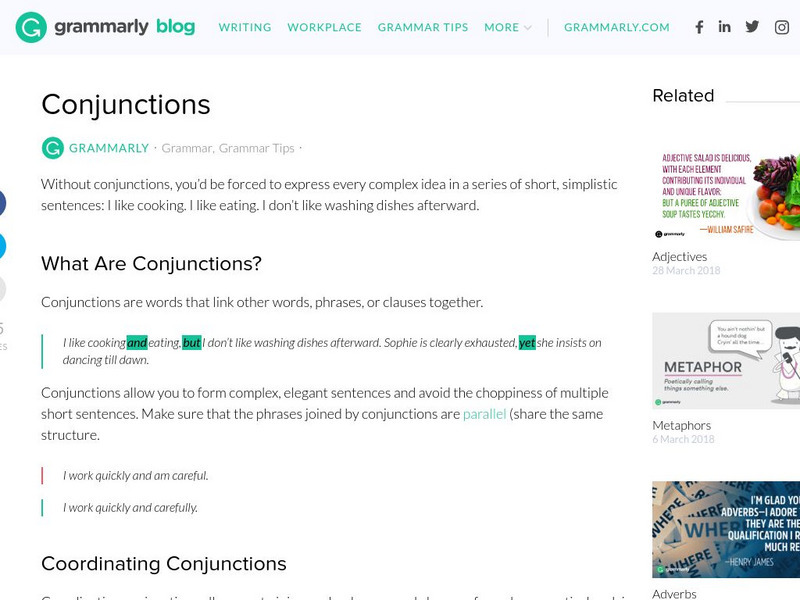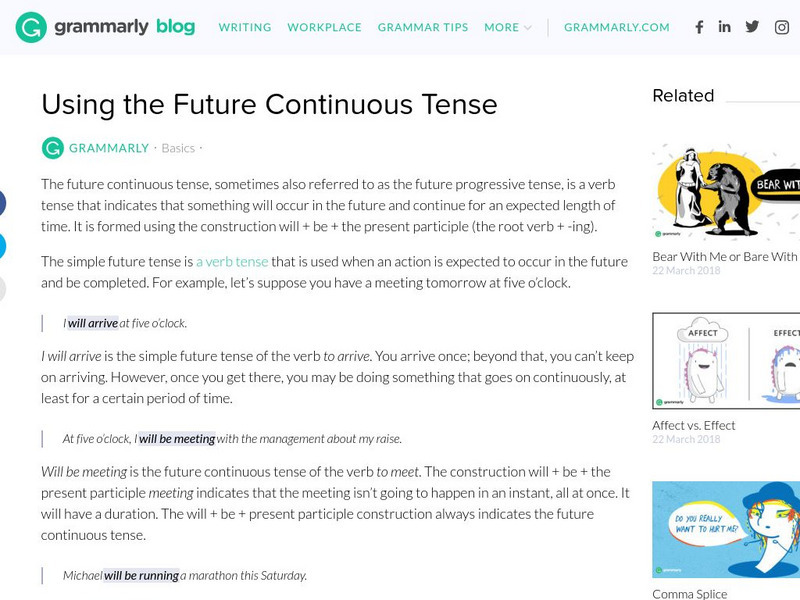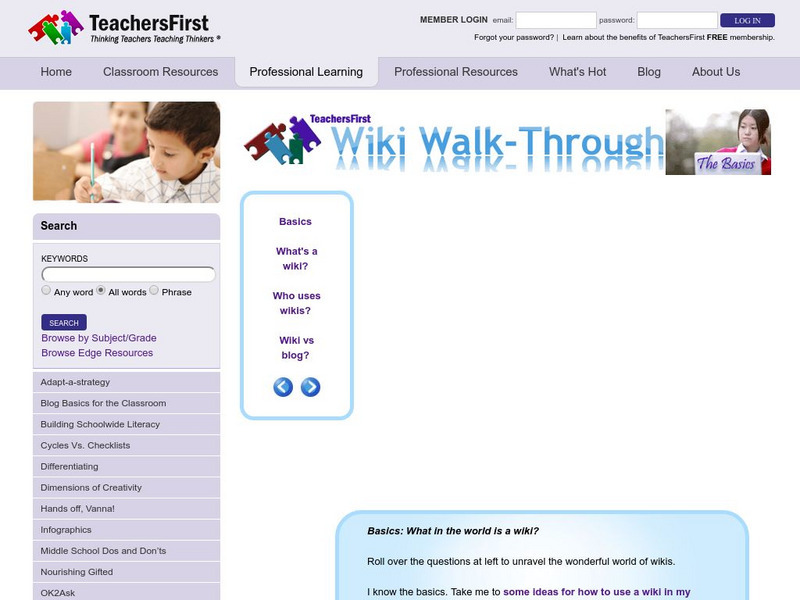Edutopia
Edutopia: How to Teach Internet Safety to Younger Elementary Students
Learn ways in which teachers can impart internet safety skills to young students.
Grammarly
Grammarly Blog: What Are Modifiers? How to Use Them Correctly
This page focuses on modifiers including what modifiers are -- adjectives, adverbs, and descriptive phrases and clauses; misplaced modifiers and how to correct them; and limiting modifiers and how to use them. Examples are provided.
International Literacy Association
International Literacy Association: How to Help Students Interpret Digital Texts
How can we help students to move beyond summary and toward interpretation? A combination of digital popular culture modeling, heuristics, and choice - along with digital composition - can initiate that process. Interpretation combines...
Other
Speak for Success! Persuade! How to Use Body Language in a Persuasive Speech
This site explains how to use body language in a persuasvie speech. Distinctions are made in the realm of body language as it applies to speaking while standing, sitting, or communicating virtually. SL.9-10.3 Eval Presentation
Grammarly
Grammarly Blog: Commas After Introductory Words
This Grammarly Handbook resource explains how to use commas after introductory elements. Numerous examples of commas after introductory phrases, introductory clauses, and introductory transitions are provided in this resource.
Grammarly
Grammarly Blog: Conjunctions
This page focuses on conjunctions including what conjunctions are; the types of conjunctions: Coordinating, Correlative, and Subordinating; how to start sentences with conjunctions, examples of each of the above, and lists for each type...
Scholastic
Scholastic: Teacher's Guide to Making Student Movies
Video examples and plenty of information about how to make movies are included in this resource for teachers.
Grammarly
Grammarly Blog: Using the Future Continuous Tense
This page explains what future continuous (progressive) tense means and how it is formed and provides examples.
Grammarly
Grammarly Blog: Future Perfect Tense
This page explains what future perfect tense means and how it is formed.
Other
Teachers First: Wiki Walk Through
Get expert advice on how to use a Wiki in your classroom. Easy to follow thoughts and ideas.
Other
Dustn.tv: The Essential Guide to What Colors Communicate
An article discussing how colors register in the brain to give the reader emotions and states of mind before even reading a word. Article focuses particularly on choosing colors for a blog design but rationale can be applied anywhere.
Edutopia
Edutopia: Learner Interest Matters: Strategies for Empowering Student Choice
When a topic connects to what students like to do, engagement deepens as they willingly spend time thinking, dialoguing, and creating ideas in meaningful ways. This article gives ideas on how to harness the power of your students'...
Edutopia
Edutopia: The Five Features of Science Inquiry: How Do You Know?
Teaching science through science inquiry is the cornerstone of good teaching. Teaching science through science inquiry is the cornerstone of good teaching. Unfortunately, an inquiry-approach to teaching science is not the norm in schools...
International Literacy Association
International Literacy Association: Teaching the Skill of Self Correction
As teachers, one of our goals is for every student to read and comprehend at or above grade level. We want students to take ownership of their reading, monitoring themselves while they are reading and self-correcting when they need to....
Other
Oxford University Press: Oxford Dictionaries: Affect or Effect: A Visual Guide
This is a dictionary entry explaining how to use affect and effect using comic pictures.
Other
Oxo: Behind the Design of the New Oxo Pop Containers
This article describes the process by which an engineer at OXO looked at design, size, and variety when he redesigned OXO's line of POP containers.
